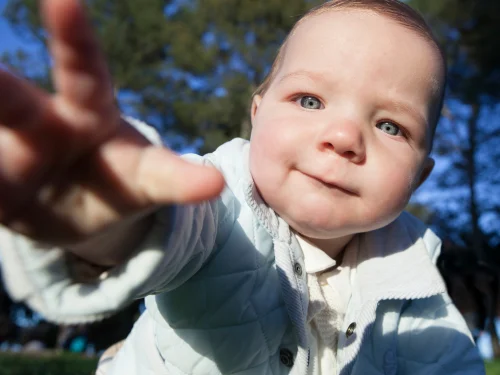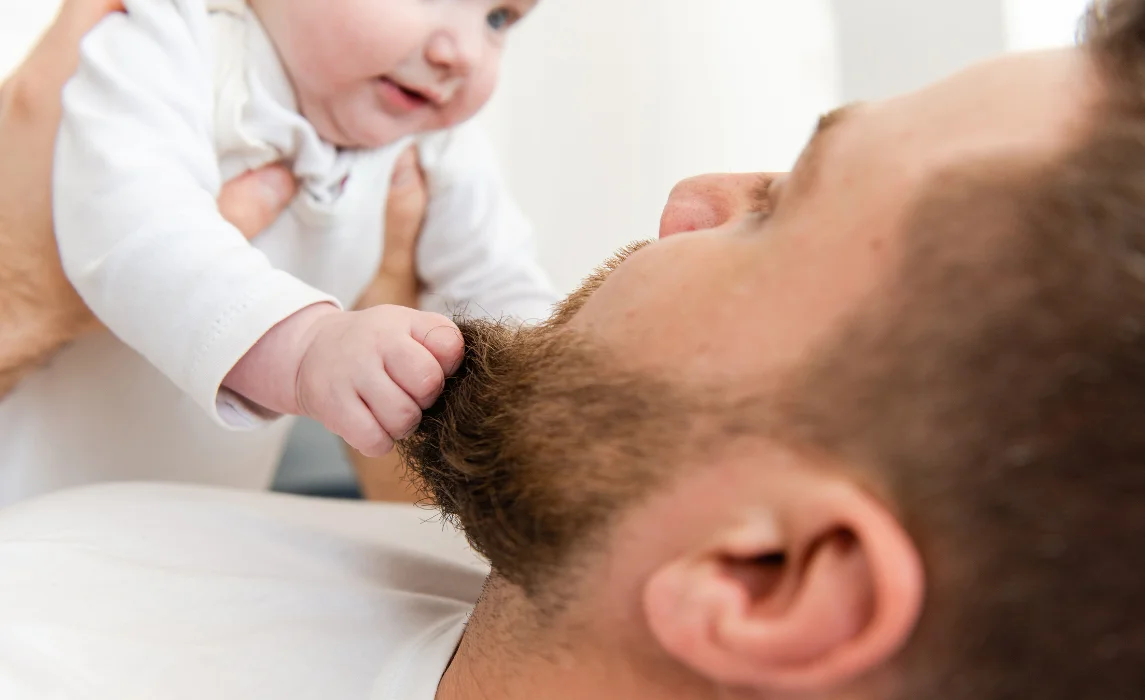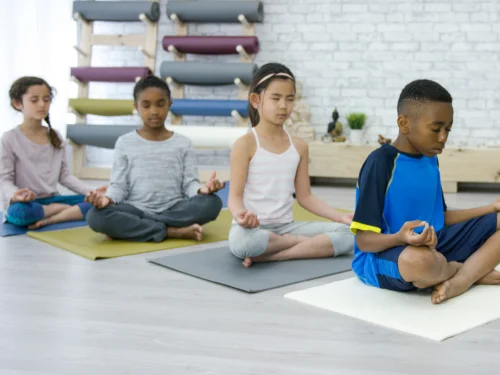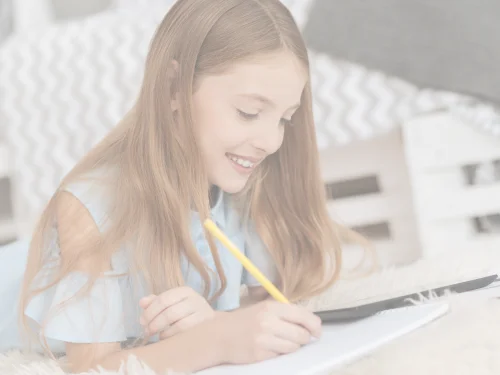Why Does My Baby Grab My Face? 7 Common Reasons and What It Really Means

Yes—finger plays, clapping games, and dance routines that use hand gestures all help. Combine rhythm and repetition for deeper learning.
Send home simple activity ideas, kits, or worksheets. Offer short instructions and encourage family involvement. Regular practice builds lasting progress.
Try origami, sticker scenes, stringing pasta, or painting with Q-tips. Crafts that use small pieces build precision and control.
Does your baby love reaching for your cheeks, nose, or chin? While it can be sweet (and sometimes painful!), many parents wonder: why does my baby grab my face so often? The good news is this behavior is completely normal. It’s a mix of exploration, bonding, and communication. Let’s dive into the reasons behind face-grabbing and what you can do about it.
Why Babies Grab Faces

Babies are curious learners, and your face is one of their favorite “toys.” By touching and grabbing, they practice new motor skills while strengthening their bond with you.
Face grabbing usually means:
- They want your attention
- They are exploring textures like skin, hair, or glasses
- They feel comforted by your closeness
- They are trying to communicate a need
This simple action is one of the earliest ways babies interact with the world around them.
A Developmental Milestone
.webp)
Reaching for your face isn’t random—it’s a key step in your baby’s growth.
- 0–3 months: reflexive movements may lead to accidental grabs.
- 4–7 months: grabbing becomes purposeful as coordination improves.
- 8–18 months: face touching is used for social interaction and communication.
So if you’re asking, “is face grabbing a milestone?”—the answer is yes. It shows your baby’s developing motor skills and growing social awareness.
Emotional Connection
.webp)
Babies can’t always use words, so they use touch. Grabbing your face is their way of saying:
- “I need you.”
- “I feel safe with you.”
- “Pay attention to me!”
This nonverbal communication builds trust and attachment. Many babies also do it at bedtime or while nursing because it makes them feel secure and loved.
Other Reasons Your Baby May Grab Your Face
.webp)
There are times when grabbing is linked to specific needs:
- Hunger: Your baby may reach toward your mouth to signal feeding time.
- Excitement: Sharing joy by pulling you close to look at something together.
- Teething: Sore gums can make babies extra grabby and mouth-focused.
- Frustration or tiredness: Grabbing may turn into pinching or scratching when they feel overwhelmed.
Is It Ever a Concern?
.webp)
Most of the time, face-grabbing is harmless. But you may want to talk to your pediatrician if you notice:
- Constant rough grabbing with no eye contact
- Delays in other milestones like sitting or babbling
- Excessive scratching that causes repeated injury
- Signs of pain such as ear pulling, rashes, or unusual fussiness
Trust your instincts—if the behavior seems off, it’s worth checking.
How to Gently Respond
.webp)
If face-grabbing feels too strong, you can guide your baby toward gentler habits.
- Stay calm: Big reactions can make them do it more.
- Model gentle touch: Guide their hand and say, “soft hands.”
- Redirect: Offer a toy, teether, or nursing necklace to keep their hands busy.
- Praise good behavior: When they touch gently, smile and encourage them.
- Trim nails often: Prevent accidental scratches by keeping nails short.
These small steps teach boundaries while keeping the bonding experience positive
You May Also Like: When Do Kids Have Growth Spurts? Easy Guide
Final Thoughts
So, why does my baby grab my face? It’s usually their way of learning, bonding, and talking to you without words. While it may hurt sometimes, remember that it’s a beautiful sign of trust and connection. With gentle redirection and lots of patience, you can enjoy the cuddles while helping your baby learn gentle touch.
Face-grabbing is more than a habit—it’s part of the amazing journey of growing up.
You May Also Like: Why Do Kids Walk on Their Toes? Causes, Concerns, and Treatments
FAQs About Baby Face-Grabbing
Why does my baby grab my face when feeding?
This is often about bonding and comfort. Nursing or bottle-feeding is a close moment, and touching your face helps your baby feel secure.
Is face grabbing a developmental milestone?
Yes. Purposeful reaching and grabbing are key milestones that show your baby’s motor skills and social awareness are growing.
Why does my baby grab my face before sleeping?
Many babies do this at bedtime as a way to feel safe and calm before drifting off. It’s their way of saying, “Stay close.”
Can face grabbing be a sign of a problem?
Usually no. But if it’s paired with constant distress, no eye contact, or delays in other milestones, talk to your pediatrician.
How do I stop my baby from scratching me?
Keep nails short and smooth, use mittens if needed, and gently redirect their hand to a toy or soft object.
Does teething cause more face-grabbing?
Yes. Babies may grab and mouth more during teething because it soothes sore gums.
You May Also Like: When Do Toddlers Stop Napping? Ages for Kids to Stop Taking Naps




